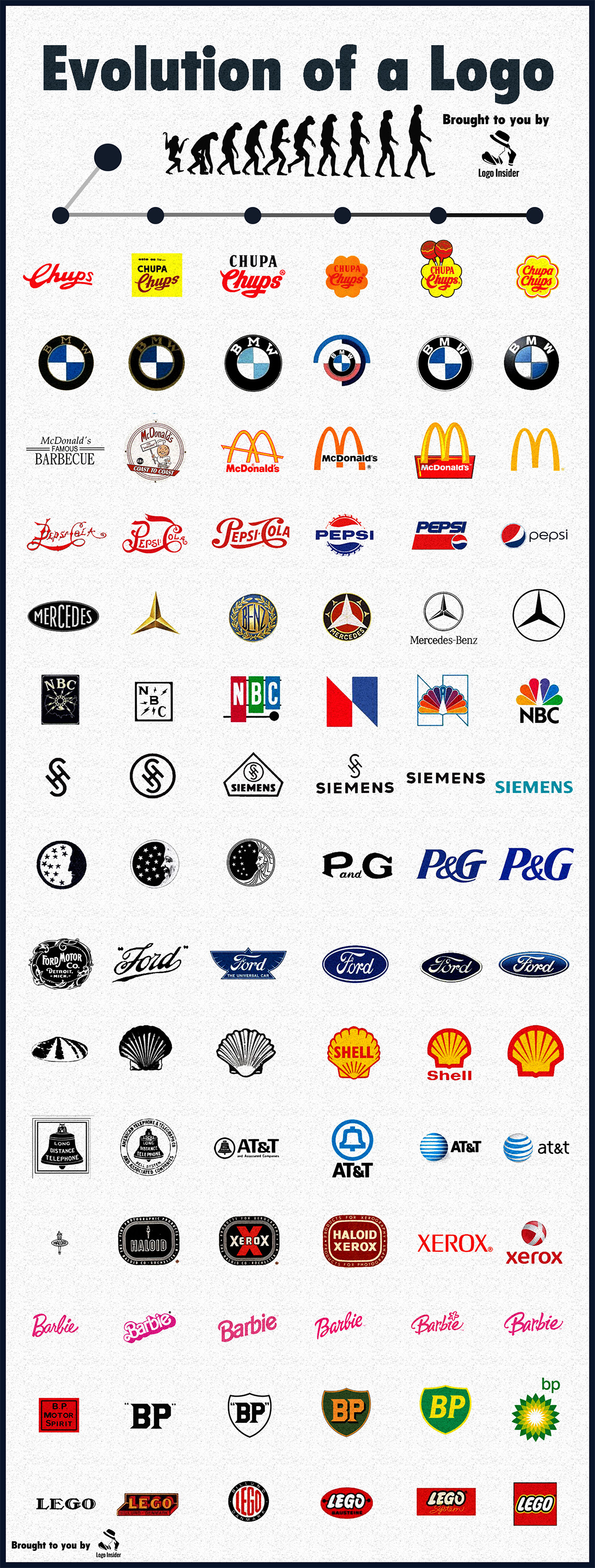Mario: The Evolution of an Icon in a World Starved for Simplicity
In a culture that often prizes spectacle over substance, it’s worth taking a moment to appreciate a character that has managed to bridge generations with something so strikingly simple. That character is Mario.
Mario, for those few unfamiliar, is more than just a pixelated plumber from the 1980s. He’s an enduring symbol of creativity, hard work, and nostalgia — a rare constant in an industry and culture increasingly dominated by fleeting trends and digital overindulgence. His story, as illustrated here, traces a journey of evolution — not just in graphics or gameplay, but in the philosophy of design itself. Mario is a product of a time when ingenuity mattered more than graphics resolution, and when constraints didn’t stifle creators but challenged them to be great.
The Origins of Mario: A Blue-Collar Hero
Mario’s story begins in 1981, with a game called Donkey Kong. At the time, video games were rudimentary, little more than colored blocks on a screen. Yet Shigeru Miyamoto, Mario’s creator, saw the limitations not as restrictions but as opportunities. He crafted a character that could work within the pixelated world but also stand apart.
In Japan, Mario was initially called “Jumpman” — a straightforward name for a character defined by one simple action: jumping. His design was born of necessity. Miyamoto couldn’t make realistic hair, so he gave Mario a hat. A detailed mouth wasn’t feasible, so he got a mustache. These quirks weren’t compromises; they were solutions, and they gave Mario his unique, recognizable look.
Here’s the key point: Mario’s success was built on constraints. The limitations of technology forced creators to focus on what mattered — gameplay, character, and experience. And because of this, Mario stood out. He became a timeless figure who could adapt as technology advanced.
The Evolution of Mario: A Masterclass in Adaptation
As the 80s turned into the 90s, Mario grew alongside the gaming industry. From the humble Donkey Kong origins, we saw him evolve through the golden age of Nintendo:
- 1983: Mario Bros. introduced the world to Mario as a plumber — an everyman working underground, battling strange creatures in a world beneath our own. A perfect hero for the blue-collar roots of his audience.
- 1985: Super Mario Bros. changed everything. This wasn’t just a game; it was an experience. Mario now had a clear mission: save the princess, defeat Bowser, and traverse levels that felt alive, with secrets hidden at every turn.
From there, Mario continued to evolve, each version staying true to its essence while embracing new possibilities:
- Super Mario 64 in 1996 brought him into 3D, defining what a 3D platformer should look like.
- Super Mario Sunshine (2002) and beyond refined this formula, giving Mario more tools, more freedom, and more depth without sacrificing what made him Mario.
Through it all, his character remained simple and recognizable: the hat, the mustache, the overalls — an everyman in a digital world increasingly obsessed with flashier heroes and unnecessary complexities.
Illustrating Mario: Simplicity as Genius
Here’s a fact often ignored today: simple design lasts. Mario’s look wasn’t designed to be flashy. It was created out of necessity, yes, but its genius lies in its ability to communicate so much with so little.
In the 1980s, a limited number of pixels forced designers to work economically. Every line, every color mattered. Mario had a hat because animating hair wasn’t possible. He had a mustache because facial expressions were too complex. Yet these “limitations” produced one of the most iconic characters of all time. This creative constraint led to the development of a character whose simplicity belied his charm, allowing him to resonate with players across generations. Similarly, the Simpsons show’s cultural impact has redefined modern animation and storytelling, showcasing how limitations can breed innovation. In both cases, the ingenuity of creators turned potential drawbacks into defining features, solidifying their legacies in the hearts of audiences worldwide. The success of characters like Mario and shows like The Simpsons serves as a reminder that creativity often flourishes within constraints. Just as the pixel limitations shaped Mario’s design, the unique storytelling style and character development in The Simpsons paved the way for future animated shows to explore complex themes. Furthermore, thorough analyses, such as the detailed statistics of Seinfeld, demonstrate how these iconic media properties continue to influence the entertainment landscape, proving that innovation emerges not from the absence of limitations but often from navigating them with skill and imagination.
By Super Mario Bros. 3 in 1990, Mario’s design was polished. And by the mid-90s, as gaming technology exploded, he became a 3D character without losing his identity. The artists behind Mario understood that change doesn’t mean abandoning what works. Instead, they used new tools to enhance his form while maintaining his core.
This is a lesson modern creators should take to heart: simplicity, clarity, and identity will always outlast trend-chasing complexity.
Mario: The Man of Many Roles
What makes Mario truly unique is his versatility. Over the decades, Mario has taken on countless roles:
- Carpenter in Donkey Kong.
- Plumber in Mario Bros..
- Doctor in Dr. Mario.
- Athlete, racer, referee, and even soldier in various spin-offs and adaptations.
As Miyamoto himself noted, Mario’s strength lies in his ability to fit into any world. He’s a blank slate that players can project themselves onto — a hero for every scenario. This adaptability has kept him fresh, relevant, and beloved for over 40 years.
And yet, despite all these changes, Mario remains Mario. He’s not defined by his occupation or his world, but by his spirit — the spirit of a hardworking, problem-solving hero who always jumps into action.
Why Mario Endures: A Cultural Reflection
So why does Mario endure when so many other characters fade into obscurity? The answer lies in what he represents. Mario is an everyman, a figure of humility and determination. He doesn’t have superpowers, and he’s not a chosen one. He’s a plumber who solves problems, one level at a time.
In an age where stories are often overcomplicated and characters are unrelatable, Mario is refreshingly human. He’s not here to brood or deliver a political message. He’s here to save the princess, collect the coins, and overcome obstacles. And that’s exactly what makes him timeless.
Mario reminds us of a time when games — and life — were simpler. He embodies the joy of play, the satisfaction of progress, and the beauty of hard work. He’s a reminder that greatness doesn’t require perfection or spectacle; it requires purpose and persistence.
Mario as a Blueprint for the Future
Mario’s evolution is more than a story about a video game character. It’s a blueprint for creating something that lasts. Start simple. Focus on what matters. Adapt without losing your identity.
In a world obsessed with bigger, flashier, and louder, Mario’s success is a quiet testament to the power of simplicity, consistency, and creativity. And maybe that’s a lesson we could all use right now.
Mario isn’t just the face of gaming; he’s a reflection of values we should celebrate — hard work, adaptability, and the joy of solving problems.
So the next time you see that red hat and mustache, remember: Mario is more than just a plumber. He’s an icon, a blueprint, and a reminder that sometimes the simplest ideas are the ones that stand the test of time.








